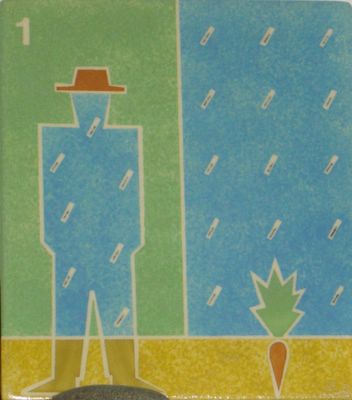 I am NOT a fan of anything that involves flour. I tremble at the idea of making a decent pie crust and for that reason have avoided making pies all my life. But every time I invite my friend Marianne to dinner she brings THE most perfect apple pie. So when Marianne offered a "pie workshop" one rainy morning earlier this month, I decided I needed to attend.
I am NOT a fan of anything that involves flour. I tremble at the idea of making a decent pie crust and for that reason have avoided making pies all my life. But every time I invite my friend Marianne to dinner she brings THE most perfect apple pie. So when Marianne offered a "pie workshop" one rainy morning earlier this month, I decided I needed to attend.Marianne's Deep Dish Apple Pie
Preheat oven to 350 degrees
Filling:
8 Cortland or Macs
1 cup sugar
1/2 cup flour
sprinkling of cinnamon
3 Tbs butter cut into dots
Peel, core and quarter apples. Slice quarters into four equal slices. Sprinkle, sugar, flour and cinnamon over apples and shake the bowl (Do NOT mix it up, just SHAKE the bowl). Set aside.
Pie Crust:
3 cups flour
1 tsp salt
3/4 cup Canola Oil
8 Tbsp COLD water
Place flour and salt in a bowl stir with a fork. TO the oil add the cold water and whisk until mixed. Add to the flour and stir with a fork. Do not over mix. It should look like this:
 Divide in half and place between two sheets of wax paper. Roll out until it is larger than the pie plate you are using. Keep the dough round by using the rolling pin as a radius to the circle of the pie and roll in a rounded fashion out from the center like this:
Divide in half and place between two sheets of wax paper. Roll out until it is larger than the pie plate you are using. Keep the dough round by using the rolling pin as a radius to the circle of the pie and roll in a rounded fashion out from the center like this: After you have placed the first crust in the pie plate, add the filling, and dot with butter. Then roll out the second crust. Remove excess dough and pinch lower and upper crusts together. Then crimp with thumb and index finger around the edge of the plate:
After you have placed the first crust in the pie plate, add the filling, and dot with butter. Then roll out the second crust. Remove excess dough and pinch lower and upper crusts together. Then crimp with thumb and index finger around the edge of the plate: Slice openings in the crust
Slice openings in the crust Sprinkle with sugar and place in a 350 degree oven.
Sprinkle with sugar and place in a 350 degree oven.  Check after 50 minutes. Filling should be bubbling and crust golden but not brown.
Check after 50 minutes. Filling should be bubbling and crust golden but not brown. May I recommend a a godsend that I have acquired recently. It is called a pie crust bag and it make rolling out the dough much easier for a beginner.
May I recommend a a godsend that I have acquired recently. It is called a pie crust bag and it make rolling out the dough much easier for a beginner.









